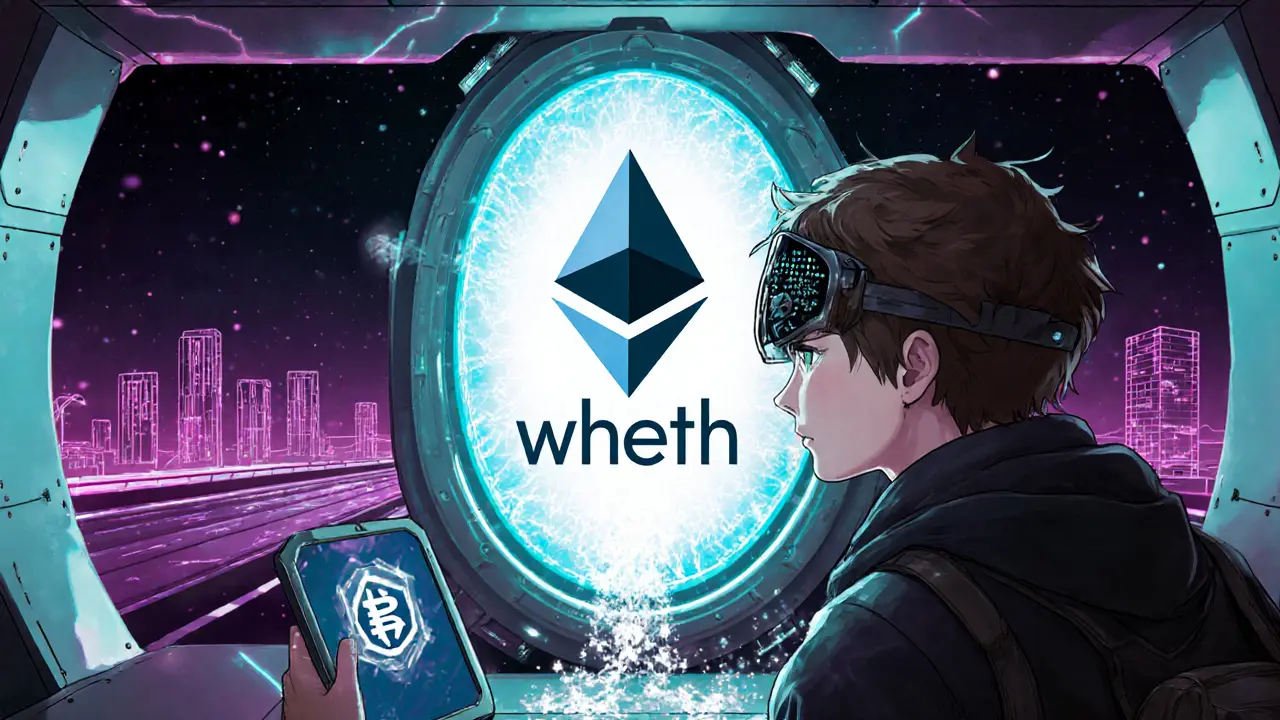Ethereum Fork: What It Is and Why It Matters
When working with Ethereum fork, a protocol upgrade or split that creates a new blockchain version. Also known as chain split, it can bring new features, change consensus rules, or fix security flaws. ERC-20 token, the standard for fungible assets on Ethereum often gets re‑priced after a fork because the supply rules may shift. At the same time, Proof of Stake, Ethereum’s current consensus mechanism that relies on validators staking ETH determines how validators are rewarded or punished, which directly influences the economics of any fork. In short, an Ethereum fork touches the core of the network, from token economics to validator behavior.
Key Drivers Behind an Ethereum Fork
Most forks start because the community wants to add or change something big. Upgrading the virtual machine, adding scalability solutions, or fixing a critical bug are common triggers. When developers propose a change, they often have to alter token standards. For example, ERC-721, the standard for non‑fungible tokens (NFTs) on Ethereum may be extended to support new metadata capabilities, and that extension can only take effect after a fork activates the new code. Likewise, token burning—a method where coins are permanently removed from circulation—can be baked into a fork to create scarcity and boost value. The interplay between token standards, burning mechanisms, and consensus rules creates a cascade of effects that validators, developers, and traders must understand.
Slashing penalties are another piece of the puzzle. In a Proof of Stake system, if a validator misbehaves during or after a fork, the network can confiscate part of the staked ETH as a deterrent. This penalty structure varies from one fork to another, making it essential to read the fork’s specifications before staking. Meanwhile, DeFi platforms built on Ethereum often have to migrate their contracts to the new chain, which can affect liquidity pools, yield farms, and bridge services. All these moving parts illustrate why staying up‑to‑date on fork announcements is crucial for anyone holding ETH, NFTs, or participating in staking.
Below you’ll find a curated set of articles that break down specific forks, compare token standards, explain slashing mechanics, and explore how token burning fits into the broader ecosystem. Dive in to get the details you need to make informed decisions when the next fork rolls out.
WHETH Token Explained: Where Did The ETH Go? (PulseChain) Overview
A clear, human‑written guide to WHETH (Where Did The ETH Go?) covering its tech, price history, how to acquire it, risks, and future outlook on PulseChain.

